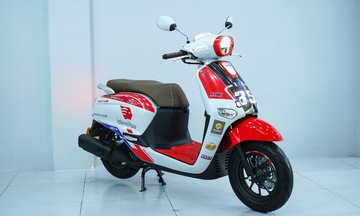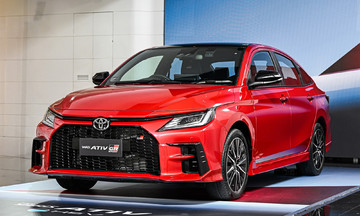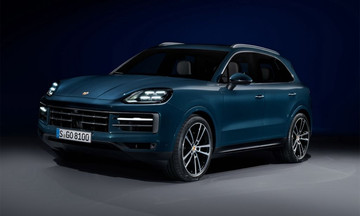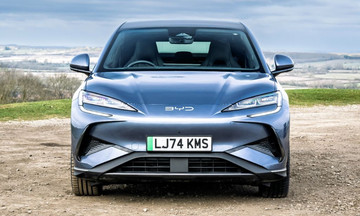Car enthusiasts are likely familiar with the image of a clay model car, with engineers shaping it like artists dancing around a fluid work of art. However, these inspiring images only appear in the initial stages of creating a new car model.
The clay model serves a purely aesthetic purpose for a car model being considered or potentially launched. There's another model, perhaps less known, that plays a crucial role in modern car production: the cubing model. This is a vital step in quality control before mass production. VinFast, like Mercedes, BMW, Ferrari, and Porsche, uses cubing in its automobile production.
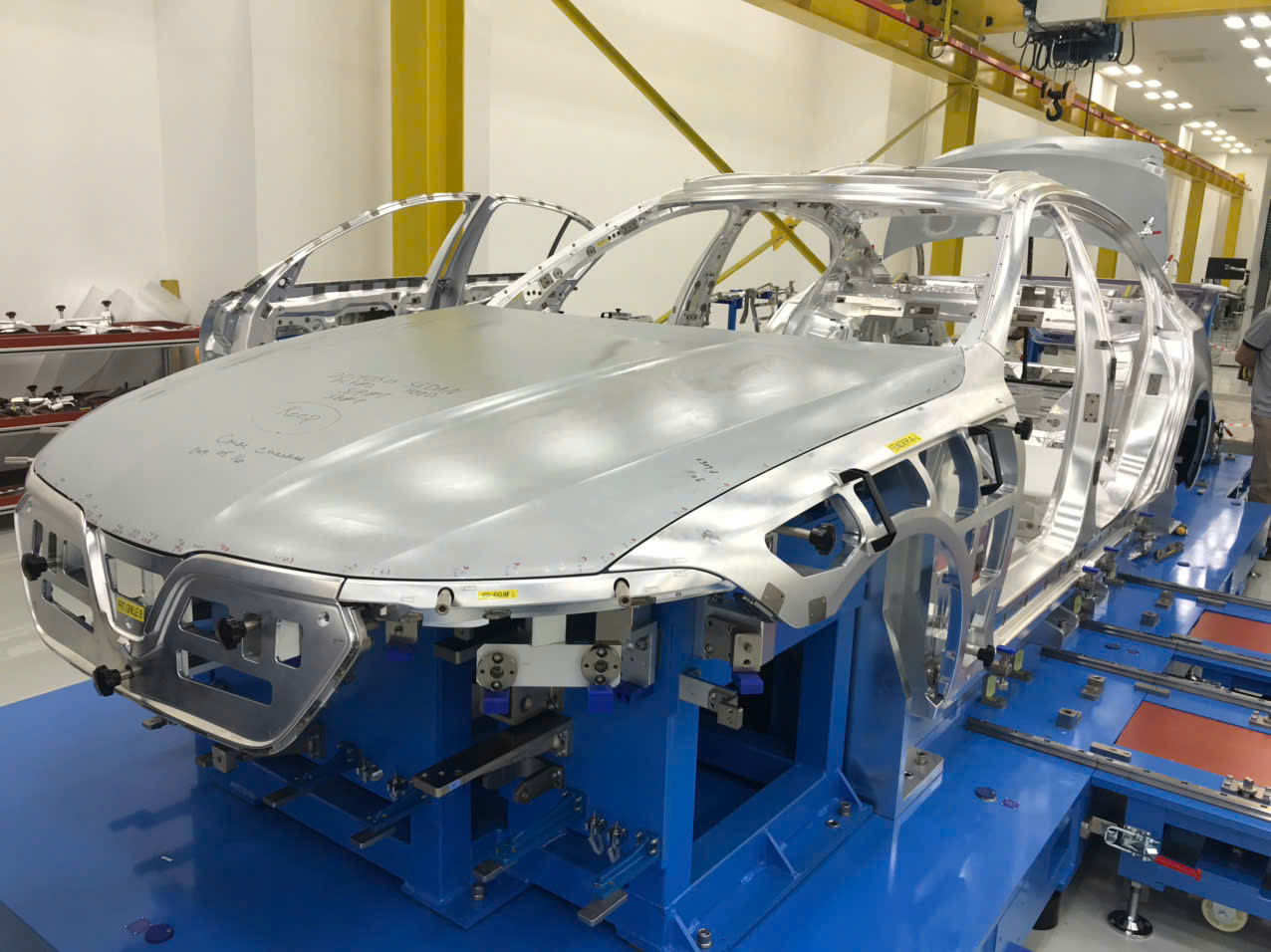 |
Lux A body during early development. Photo: Hai Kar |
Lux A body during early development. Photo: Hai Kar
I was fortunate to meet international experts and engineers, partners and employees of VinFast, when they developed the concept for the Lux A and SA in 2018, and witnessed the Lux A's cubing model.
Unlike the clay model, the cubing model is a full-sized replica of the actual car, at a 1:1 scale. In fact, cubing is the original version with all the individual parts and details, accurate to five thousandths of a millimeter. This high level of precision is because cubing serves as a direct reference for the parts assembled in the finished vehicle.
Another fundamental difference is that while the clay model can be entirely handcrafted and then reverse-scanned into digital files, the cubing model is a physical realization of the complete design files.
While the clay model is where the designer's inspiration flourishes, cubing represents the cold, hard precision of mechanical engineering. Each aluminum block cubing model at VinFast costs between 3 and 5 million USD, depending on the level of detail.
So why does VinFast spend millions of USD on each model?
A modern car comprises thousands of different parts made of various materials. This is the source of potential problems. Because all materials have different expansion rates, if the gaps between parts are not pre-calculated, they will expand and compress against each other when temperature or humidity changes.
Even top-tier brands like Rolls-Royce and Bentley have gaps between parts that some may find unsatisfactory. What if manufacturers catered to these customers by reducing the gaps to one-tenth the size of those in ordinary cars?
The outcome is predictable: In the summer, when the road is hot enough to fry an egg, you wouldn't be able to open the car door because the tiny gap would cause the front door to jam the lock. The windows would warp like baked rice paper because there would be no room for expansion.
In winter, the car frame would contract, and the windows would shatter against the frame. This doesn't even account for humidity changes causing different interior materials to expand at varying rates.
Cubing was created to provide a reference for gap sizes and the smoothness of parts made of different materials. It is the most perfect original version of the car. All interior and exterior parts of the production model will adhere to the cubing specifications. Cubing defines the exact gaps for the front and rear doors and the hood.
Cubing also verifies the position of each weld, joint, and screw, ensuring they match the computer calculations. Without this reference, the space occupied by parts could change, leading to collisions or friction during operation.
Furthermore, cubing is used to check compatibility and adjust the precision (gaps) of parts from different manufacturers.
Creating a car is not as simple or instantaneous as car advertisements portray. There are many processes and methods only accessible to industry insiders. Automotive technology changes daily, and what we know today might be obsolete tomorrow.
Only one thing remains constant: Technology continually helps us create better products at lower prices.
Nguyen Thanh Hai




